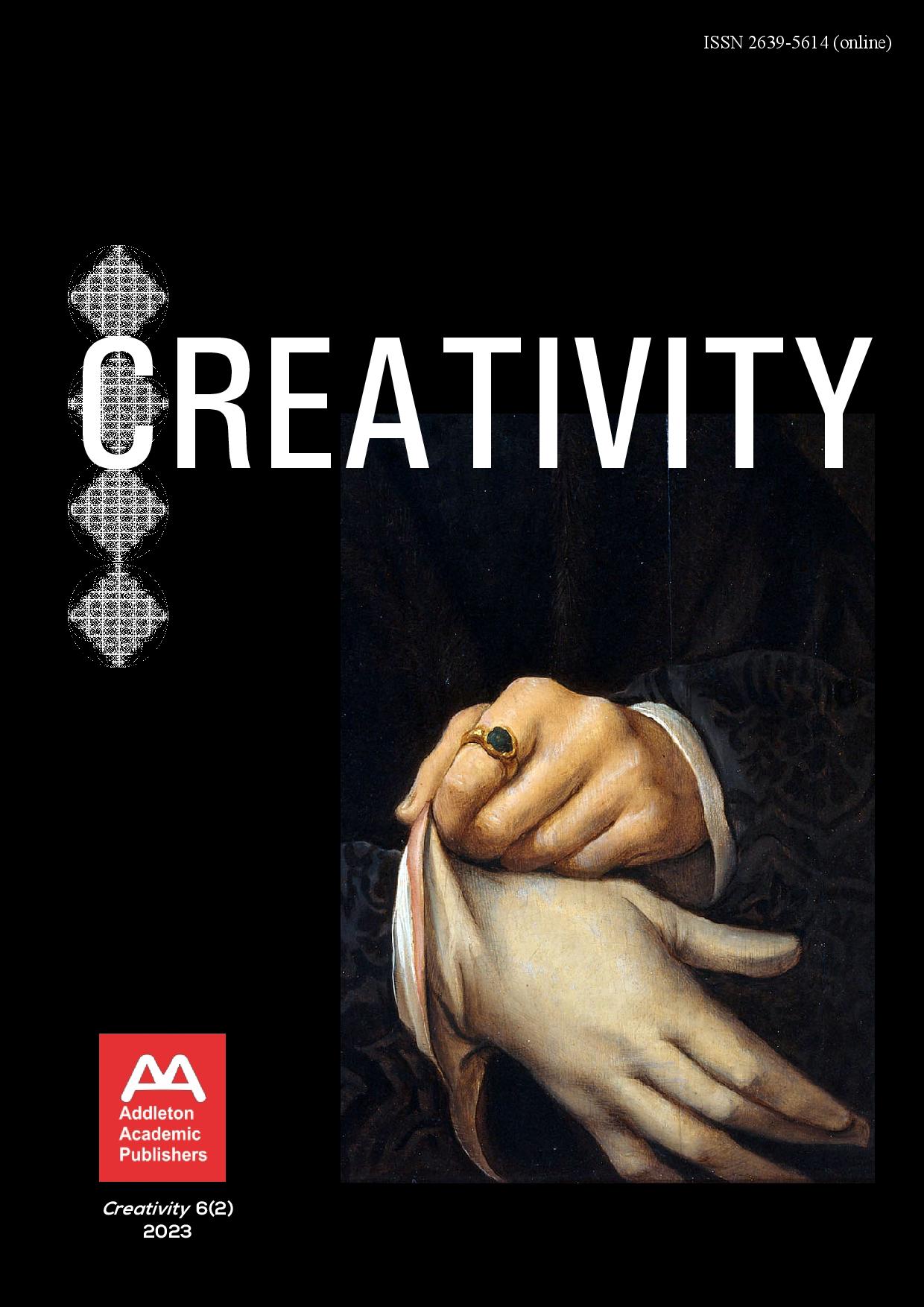Richardson’s first experiment in dramatic fiction: Pamela, or virtue rewarded
Richardson’s first experiment in dramatic fiction: Pamela, or virtue rewarded
Author(s): Ioan Aurel PredaSubject(s): Novel, British Literature
Published by: Addleton Academic Publishers
Keywords: war of the sexes; chase versus romance; hawk versus dove; archetypal pattern; Cinderella story; Puritan; aristocratic; moral code;
Summary/Abstract: With the publication of Pamela (1740), Clarissa (1747–1748) and Sir Charles Grandison (1753–1754), Samuel Richardson (1689–1761) no doubt revolutionized prose fiction by introducing the theme of ordinary English life as the focus of a literary work. Thereby he brought a major contribution (in the form of epistolary novels) to the rise of what is now known as the “domestic” novel. In the list of three novels mentioned, Pamela was chronologically the first, a Cinderella story of sorts, in which romance and anti-romance clash together in an attempt to tell the story of a representative couple, in whom all social contradictions (Puritan versus aristocratic; rich versus poor; etc) are well crystalized. The following paper highlights some of the main concerns that Richardson had in mind when he engaged in the making of this remarkable epistolary novel, which reveals – given its happy ending – the drama underlying the achievement of a social success, which, from the perspective of the heroine (Pamela), is nothing if not a marvelous something beyond her wildest dreams.
Journal: Creativity
- Issue Year: 6/2024
- Issue No: 2
- Page Range: 3-17
- Page Count: 15
- Language: English
- Content File-PDF

